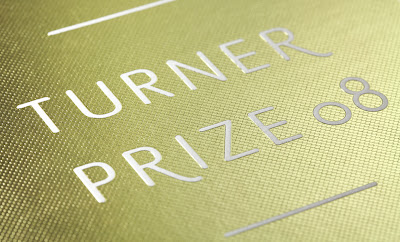Foil blocking is the process of applying metallic or 'foil' effects to a surface. It uses a metal die - like a stamp - onto which the design is chemically etched or crafted by hand from supplied artwork. Dies are made from various metals and can be either 'flat' (foil only) or 'combination' (foiling and embossing done in one pass).
The technique produces effects which are practically impossible to achieve using traditional ink printing. Foils are available in a variety of finishes, including gloss, matt and satin. Along with standard gold and silver, you can choose from many other metallic colours.
Foil blocking can transform conventionally printed materials and make them shine. Stationery, business cards, greetings cards, certificates, promotional items, invitations, packaging and a whole host of other products can all benefit from its magic touch. It is also possible to foil block on to leather, plastic, and a number of other surfaces.
 |
| Foil Blocked Business Card |
 |
| Foil Blocked Business Card |
 |
| Foil Blocked Publication Cover |
Intricate designs, fine letterforms or typography with tight spacing are best achieved on smooth stocks. Due to a small expansion of the image, detail may not reproduce precisely on heavily textured papers.
Once applied, foils may appear darker or lighter than the swatch, depending on the paper colour and finish. A proof is the only way to reveal this discrepancy.
You can apply foil blocking on top of many inks and coatings, but it is always wise to test your materials for compatibility.
Envelopes may be foil blocked after being made up, but the process may cause some signs of stress to the back of the envelope.

No comments:
Post a Comment